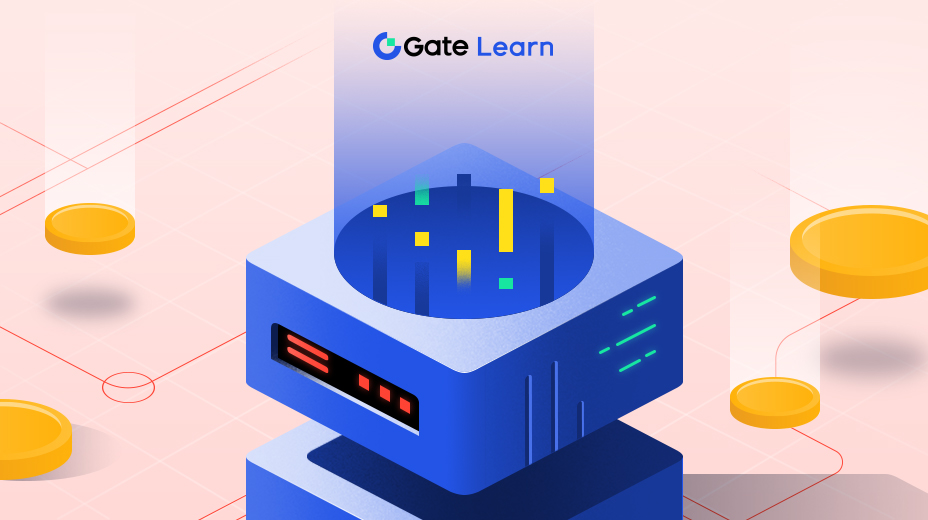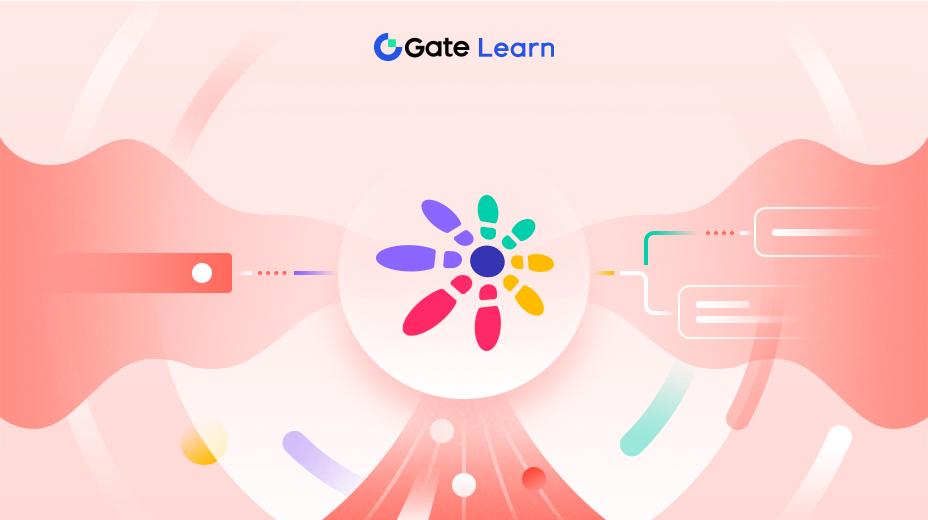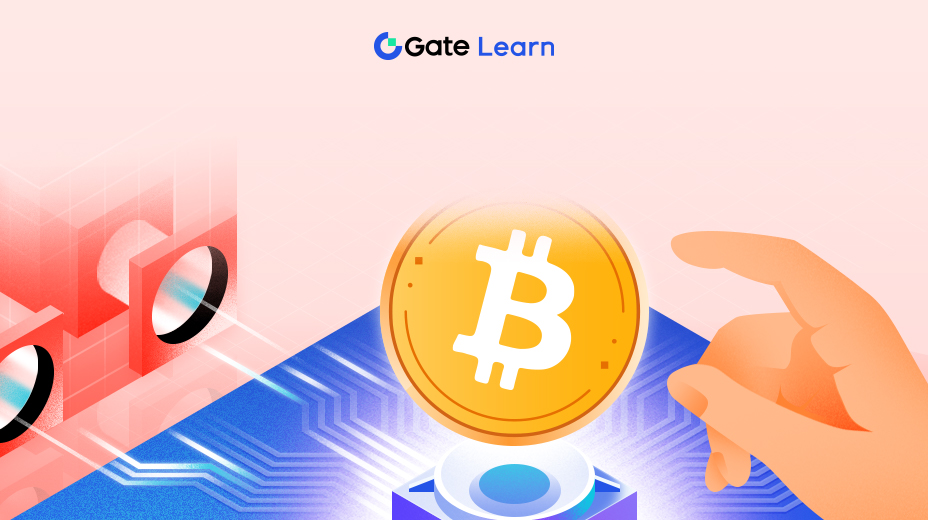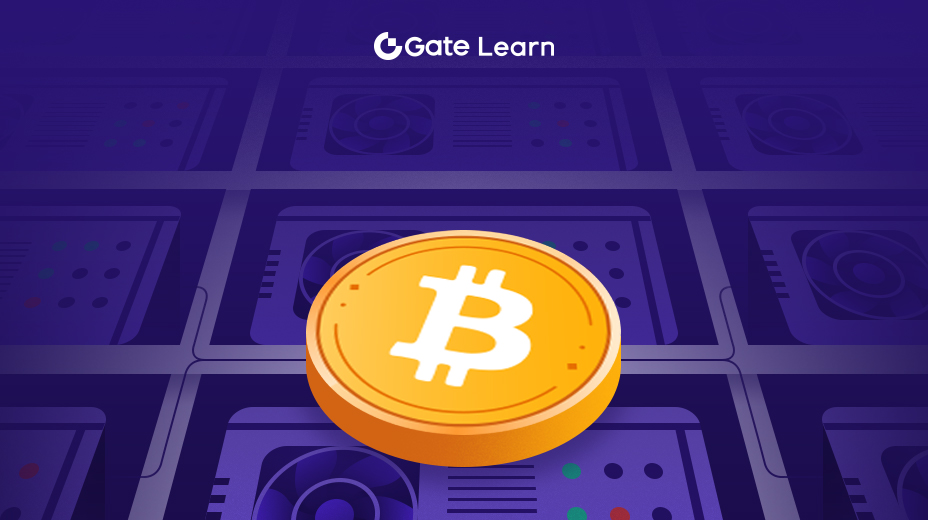Foundations of Tokenized Assets
This module introduces the core concept of tokenization—turning real-world assets like treasuries and bonds into digital tokens on a blockchain. It explains how tokenized assets work, the technology behind them, and the legal frameworks that support them. It also explores why traditional fixed-income instruments are being tokenized, highlighting the need for faster settlement, broader access, and automation.
What Are Tokenized Assets?

Tokenized assets are digital representations of real-world assets that exist on a blockchain. These assets can include traditional financial instruments such as government bonds, corporate equities, commodities, and real estate. Tokenization involves creating a blockchain-based token that reflects the value and ownership of a specific asset, making it possible to store, transfer, and trade that asset on-chain. These tokens are issued using smart contracts, which enforce rules around transferability, ownership, and compliance.
The concept of tokenization is fundamentally about converting rights to an asset into a digital token. In practice, this means taking an asset that exists in the real world—such as a U.S. Treasury bill—and linking it to a cryptographic token that can be tracked and traded on a decentralized or permissioned blockchain. This token does not inherently change the legal nature of the asset itself but serves as a digital wrapper around it, allowing for more flexible movement and interaction within digital ecosystems.
Each tokenized asset is backed by a corresponding off-chain asset, which is typically held in custody by a regulated institution or Special Purpose Vehicle (SPV). For example, if a financial entity tokenizes a bond, it will retain custody of the bond while issuing a digital token that reflects a claim to the value or yield of that bond. The token’s legitimacy depends on legal enforceability and custodial transparency, making the structure of the issuing entity and its compliance processes essential to maintaining trust in the tokenized version.
Tokenized assets can be either fungible or non-fungible depending on the nature of the underlying asset and how the tokens are designed. Fungible tokens are interchangeable, such as tokenized shares of a money market fund, whereas non-fungible tokens (NFTs) represent unique or indivisible assets, such as tokenized real estate plots. Standards like ERC-20, ERC-721, and ERC-1400 define how these tokens behave on Ethereum-compatible blockchains, specifying the rules for transfers, access controls, and metadata.
The advantage of tokenizing assets lies in the programmability, transparency, and efficiency that blockchain technology enables. Tokenized assets can be traded globally in near real-time, settled almost instantly, and audited directly on-chain without the need for multiple intermediaries. They also enable fractional ownership, allowing investors to gain exposure to assets that would otherwise require large capital commitments. This opens up investment access to a broader group of market participants, including those in jurisdictions with limited access to traditional financial products.
Despite these benefits, tokenized assets are subject to regulatory constraints depending on their classification in various legal systems. In many jurisdictions, tokenized versions of securities must comply with securities laws, which may restrict who can buy or sell them and under what conditions. As such, most tokenized assets offered today are limited to accredited or institutional investors and operate within frameworks designed to enforce Know Your Customer (KYC), Anti-Money Laundering (AML), and other regulatory requirements.
Why Tokenize Treasuries and Bonds?
Traditional fixed-income instruments like government treasuries and corporate bonds are deeply embedded in legacy systems. These systems depend on centralized intermediaries such as custodians, clearinghouses, and brokers, which can create inefficiencies in how these securities are issued, traded, and settled. Tokenization introduces blockchain as an alternative infrastructure layer that streamlines these processes. It allows for faster settlement, simplified ownership transfers, and more direct access to assets without requiring multiple institutional layers.
Reducing Settlement Times and Counterparty Risk
In most traditional markets, bond transactions settle on a T+1 or T+2 basis, meaning one or two days after the trade date. During this time, there’s exposure to counterparty risk — the chance that one party may default before the transaction is finalized. Tokenized bonds and treasuries, on the other hand, can be settled almost instantly using blockchain rails. This real-time settlement drastically reduces risk and improves liquidity, making secondary market trading more efficient.
Expanding Global and Retail Access
High minimum investment thresholds and regulatory barriers often limit access to treasury and bond markets to large institutional players. Tokenization addresses this by enabling fractional ownership, allowing investors to hold portions of a single treasury or bond. This lowers the entry barrier and brings traditionally inaccessible assets to retail participants and investors in emerging markets. Blockchain’s borderless nature further enhances access by allowing participation without reliance on centralized national exchanges.
Enabling Smart Contract Automation
One of the key advantages of tokenized securities is the use of smart contracts to automate core functions. Interest payments (such as coupon distributions) and principal redemptions can be executed automatically and reliably based on programmable conditions. Compliance features can also be built into the token, such as transfer restrictions or whitelisting for verified investors. This reduces administrative overhead and ensures that securities operate in line with local regulations.
Improving Transparency and Auditability
Tokenized instruments benefit from the transparency of blockchain ledgers. Every transaction, including issuance, transfer, and payment, is recorded immutably and can be audited in real-time. This makes financial reporting more efficient and builds trust with regulators, investors, and other stakeholders. Transparency also aids in preventing fraud and streamlining due diligence processes.
Lowering Operational Costs
Issuing and maintaining traditional bonds often involves multiple intermediaries and layers of manual processing. Tokenization can significantly lower operational costs by automating workflows and reducing dependency on third parties. Tasks such as investor onboarding, record-keeping, compliance checks, and dividend distribution can be integrated directly into blockchain-based systems, allowing issuers to reduce costs while maintaining regulatory compliance.
Preserving Legal and Custodial Structure
It’s important to note that while tokenization improves technical and operational efficiency, it does not eliminate the need for a robust legal and custodial framework. The underlying asset — whether a treasury bill or a corporate bond — still needs to be held and managed in a compliant manner. The token acts as a digital mirror of the real-world asset, and its trustworthiness depends on secure custody, transparent disclosure, and legal enforceability.





